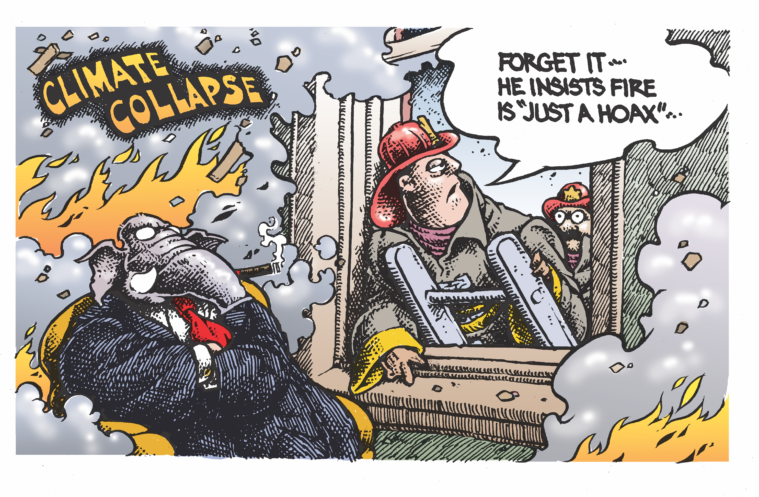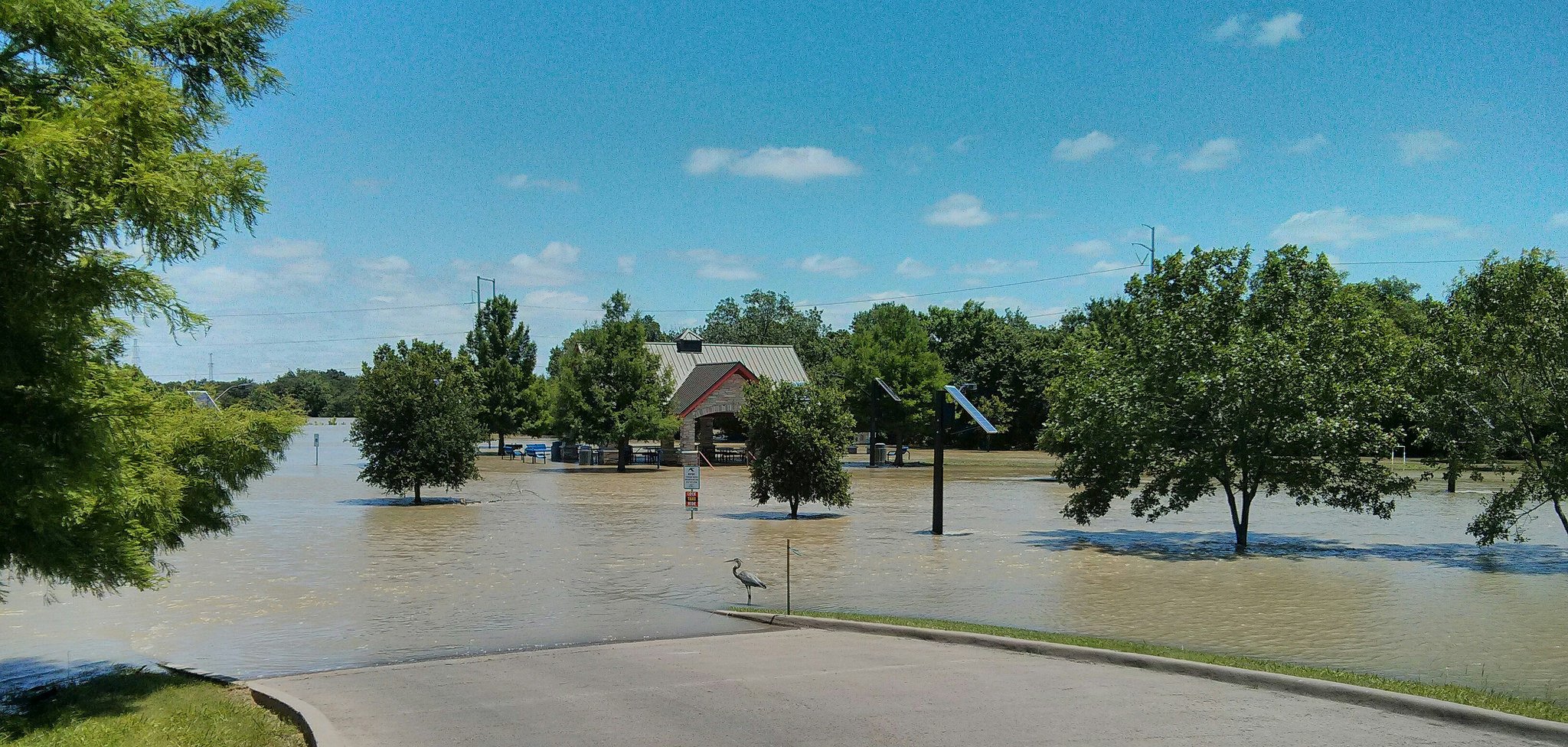
New Data Proves Cruz Wrong on Climate Change, Again

On the campaign trail this week, Republican presidential contender Ted Cruz brought up what is perhaps his favorite climate denier argument: Satellite data shows the Earth hasn’t warmed in the last 18 years, so climate change is hooey.
The theory has been thoroughly discredited, including by the scientists tasked with analyzing the satellite data he’s referring to, but that hasn’t deterred Cruz. Last year, at a Senate hearing on the impact of federal regulations on minority communities, Cruz grilled the Sierra Club’s president, arguing that satellite data proved there had been a “pause” in global warming. Then, at another Senate hearing in December, he said the lack of significant warming in the last 18 years was an “inconvenient truth.”
So what exactly is Cruz’s theory to refute the scientific consensus on climate change?
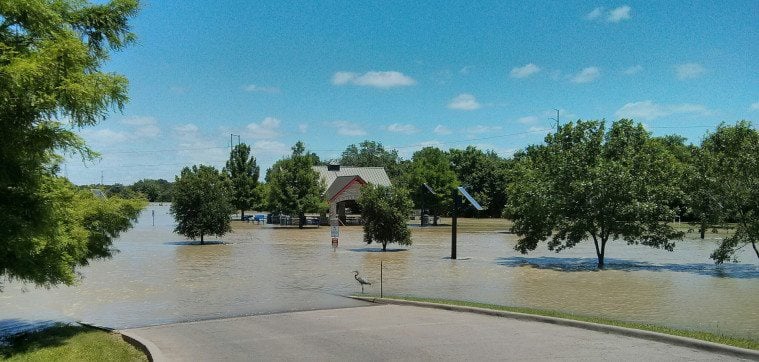
Cruz’s argument goes something like this: If you look at the satellite data measuring the Earth’s temperature in the troposphere — that’s about 5 miles from the surface of the planet — from 1998 onwards, the temperatures have flat-lined. So that must mean the planet isn’t warming.
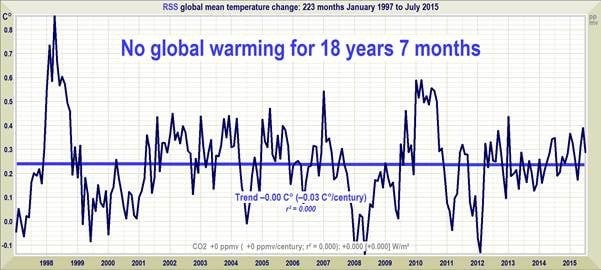
“That’s just not true,” said Kerry Cook, a climate science professor at the University of Texas at Austin.
Cook pointed out that, for one, Cruz is looking just at satellite data which measures temperatures several miles from surface of the Earth. Satellite measurements are not direct measurements of temperatures and come built in with certain assumptions and uncertainties, she said.
Cruz also picked 1998, a year when the El Niño was the strongest on record and hence unusually warm, as the start of the time frame, ensuring that the chances the temperature warms above 1998 levels are low. (The 2015 El Niño is now tied with the 1998 El Niño as the strongest ever on record, according to NOAA.)
“The warming is not smooth and regular. It has superimposed on it the natural cycle. Sometimes it will amplify the warming like it did in 2015, and sometimes it’s going to oppose like it did in the La Niña years,” Cook said.
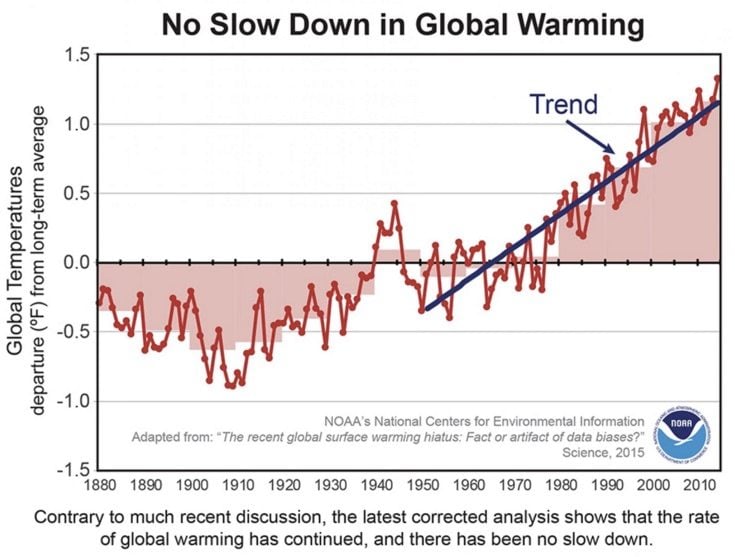
Plus, Cook added, Cruz is looking at just an 18-year period instead of looking at the entire historical record going back to 1880. Carl Mears, a scientist at Remote Sensing Systems, a research company that analyzes satellite climate data, told the Washington Post that starting the analysis at 1998 was “like a pro baseball player deciding he’s having a batting slump three weeks after a game when he hit three homers because he’s only considering those three weeks instead of the whole season.”
Cruz, along with Donald Trump, is one of the last few Republican politicians in the presidential race who is still adamantly denying the existence of climate change. The other Republican presidential contenders, including Jeb Bush, Carly Fiorina, Chris Christie and Rand Paul, have agreed that climate change exists, but disagree about its anthropogenic roots and if and how we should tackle it.
This week, the National Oceanic and Atmospheric Administration (NOAA) and NASA released separate analyses factoring in an entire year’s worth of data that will further disprove Cruz’s 18-year hiatus theory.
NASA and NOAA found that 2015 was the hottest year since record-keeping began. Last year, the global temperature was 1.62 degrees Fahrenheit more than the average for the entire century. What’s more, 2015 also broke the record for highest temperature increase by a considerably wide margin. The second highest temperature increase was in 2014, with a paltry 0.29 degrees.
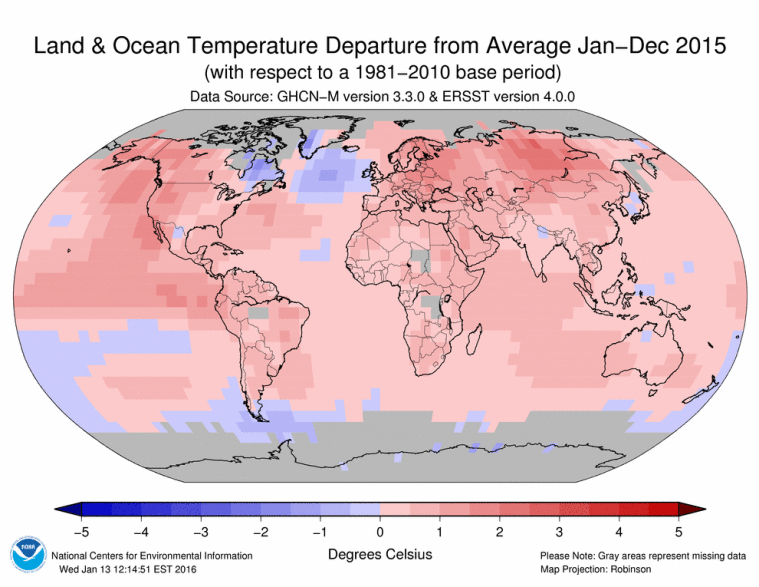
The record high temperatures weren’t entirely unexpected. Last year, El Niño, which is the dominant force in global climate variations, was stronger than ever before and reached its peak in December. That’s why folks on the East Coast experienced an unusually warm Christmas. It’s also the reason — and this is a little counterintuitive — that Texas was relatively cooler and received more rainfall than average between fall and spring. El Niño and La Niña are two phases of one cycle. During an El Niño year, western and central Canada experience warmer than usual temperatures, but the Gulf Coast and Florida get more rainfall and subsequently somewhat suppressed temperatures. As a result, Texas set precipitation records in 2015. The state received 41.39 inches of rainfall last year, surpassing a record set in 1941 of 40.22 inches.
The average temperature for Texas statewide in 2015 was 65.8 degrees Fahrenheit, which is 1.1 degrees higher than the historical average and ranks as the15th warmest year on record. Since 1997, the state’s average temperature has been higher than the historical average. The hottest years in Texas were 2012 and 2011, which were 3 and 2.6 degrees warmer than the historical average.
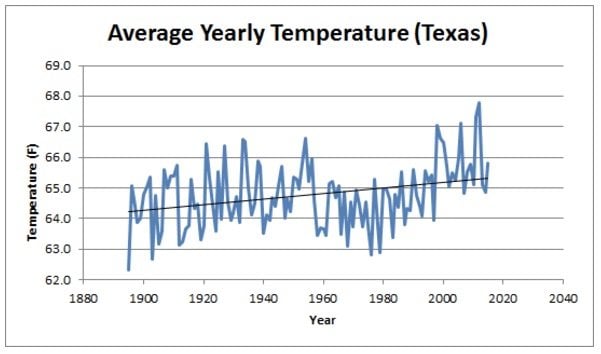
“The exceptionally warm years in Texas are not El Niño years but La Niña years,” said John Nielsen-Gammon, Texas’ state climatologist. “2011 and 2012 were both La Niña years and that made Texas drier and warmer than normal.”
May was also the wettest month on record, with some parts of the state receiving more than four inches of rain a day. The resulting catastrophic floods caused 23 deaths and prompted Governor Greg Abbott to declare a state of disaster in 70 counties. (Researchers have been able to confirm that the record rainfall was made more intense by climate change.)
Furthermore, University of Alabama researchers who analyzed NOAA satellite data — the same data that Cruz keeps referencing — found that temperatures in the lower troposphere in 2015 were among the highest in the 1979-2015 record. Another assessment using data from weather balloons found that 2015 temperatures in the mid-troposphere were the highest on record.
Scientists have said that as the global warming trend continues, normal weather patterns will be upended and we’ll begin to see stronger and more frequent extreme weather events. For Texas, that could mean more freak flash floods, tornadoes and severe and prolonged droughts.
Whether Cruz will reverse his stance or double down going into the primaries is unclear, but what is likely is that as the El Niño stretches into the middle of next year, 2016 is poised to beat 2015 as the hottest year on Earth.
[Featured image of Trinity River flooding in Irving by Steve Rainwater/Flickr]

